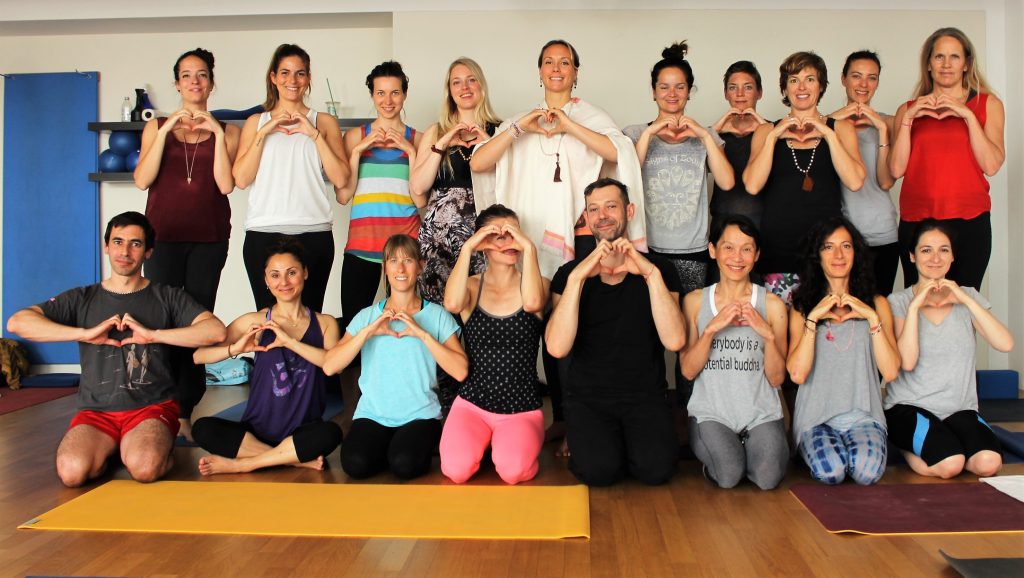What establishes success with Yoga? There are differences between traditional and modern perspectives on its nature. In relation to modern Yoga and the shift from traditional Yoga, there exist two main perspectives worth considering:
- According to the modern or contemporary concept, an improved state of the physical body and/or the reduction of physical disease indicates success.
- The ancient view, recognizes the degree to which one experiences realization of the eternal (or higher) Self, beyond the physical body as progress. This includes the body’s maladies and its inevitable death.
Is Yoga more than physical therapy?
In this modern era, Yoga often means physical therapy exercise or a medical treatment to some individuals. There are even efforts to have modern Yoga practice covered by insurance programs as a remedy for specific ailments. While Yoga may be good for the physical health of people, this type of thinking tends to convince people that it is only a physical program.
Useful treatment modalities such as Physical Therapy and Occupational Therapy are very effective and valued professions. However, designing such treatment methods and calling them “Yoga” is a huge disservice to both those professions and to Yoga.
 Remember, the sole purpose of Yoga is spiritual in nature. Yoga is a systematic program whose exclusive purpose is spiritual.
Remember, the sole purpose of Yoga is spiritual in nature. Yoga is a systematic program whose exclusive purpose is spiritual.
The purpose for working with the physical body is so the body is not posing an obstacle to Yoga practices such as meditation, contemplation, and prayer. Practitioners may minimize hindrances or completely remove them by properly following the traditional Yoga teachings.
Placing emphasis on the physical results alone leads to a confusion of goals. In modern times, when students practice Yoga techniques meant for nothing beyond the bodily effects, they usually ignore the authentic goal.
Establishing physical therapy programs that focus on one aspect of Yoga (the physical) and labeling them “Yoga” is deceptive. In this case the whole, greater, truer meaning of Yoga becomes lost to those who would seek the higher ground.
Calling classes that are predominantly about asanas (postures) “asana classes” instead of Yoga classes helps to clarify, though this isn’t likely to happen.
Yoga class without the mat
Suppose you were to go to a lecture by a Yoga scholar but the promotional material only announced that he was going to teach a “Yoga class.” People would likely show up with their mats, athletic clothes and/or other paraphernalia. But he might be giving a lecture on yogic contemplation, or Jnana Yoga.
What if people showed up to find it was a two-hour religious ritual led by a Hindu pandit or a Buddhist priest rather than a class about asanas?
Doesn’t it seem strange that one small part of Yoga called asana gets elevated to the status of using the whole or all-encompassing name Yoga?
The same holds true of other parts, which collectively, comprise Yoga. Remember Hatha Yoga is only a part, as is Bhakti, Jnana, Karma, Kriya, Kundalini, Laya, Mantra, Nada, Raja, Tantra Yoga, and so on. They are all parts and “Yoga” is the whole.
Coming up next: the touchy subject of using the subtle methods and powers of Yoga as a money-making technique.
